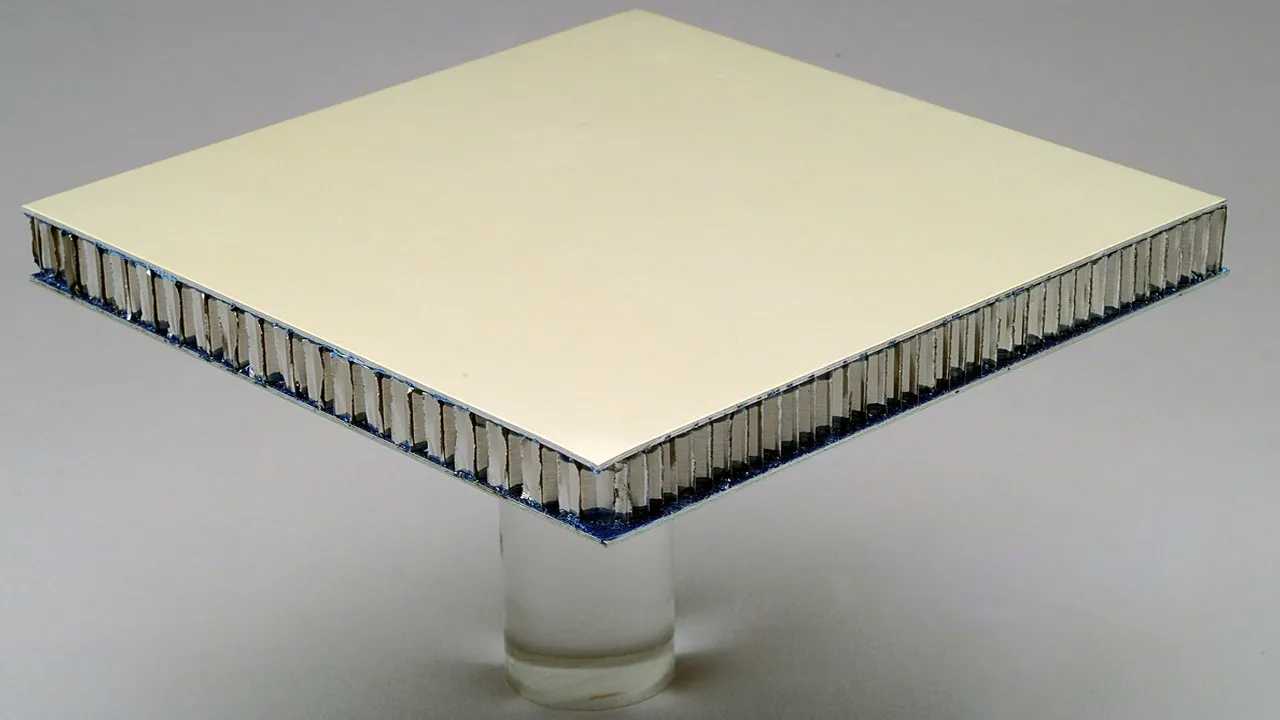19 Jun 2024

In the ever-evolving landscape of construction and architecture, the demand for innovative and sustainable building materials has never been higher. Enter composite panels, a class of advanced materials that are revolutionising the way we construct and design structures. These engineered panels offer a unique blend of strength, durability, and versatility, making them a sought-after choice for architects, engineers, and builders alike. Composite panels are cutting-edge building materials that combine two or more components to create a superior product with enhanced properties. Unlike traditional materials like wood, concrete, or steel, which are homogeneous, composite panels are heterogeneous, meaning their properties can be tailored to specific requirements by adjusting the composition and manufacturing processes. These panels differ from conventional building materials in several ways. Firstly, they are engineered to leverage the strengths of each component while mitigating their weaknesses. This synergistic combination results in a material that is stronger, lighter, and more durable than its individual constituents. Additionally, composite panels offer greater design flexibility, allowing architects and engineers to push the boundaries of what's possible in construction. At their core, composite panels typically consist of two main components: a core material and external skins or facings. The core material provides structural support, insulation, and rigidity, while the skins or facings offer protection, strength, and aesthetic appeal. The manufacturing process involves layering the core material and skins together and bonding them using various techniques, such as compression molding, pultrusion, or lamination. This process allows for precise control over the panel's properties, ensuring they meet the specific requirements of each project. The world of composite panels is vast and diverse, offering a wide range of options to suit different applications and design needs. Here are some of the most common types:What are Composite Panels?
The Building Blocks of Composite Panels
A Diverse Range of Composite Panels Options
Each type of composite panel offers unique advantages and is suited for specific applications based on the desired performance characteristics, environmental conditions, and design requirements. Here are some of the key properties and applications of these innovative materials:
In the United Arab Emirates (UAE), where innovation and sustainability are at the forefront of development, composite panels are rapidly gaining popularity among architects, engineers, and builders. With their unique properties and versatility, these panels offer a solution to the challenges posed by the region's harsh climate and the need for energy-efficient and durable structures.
Composite Panels suppliers and manufacturers in UAE are at the forefront of this technological revolution, providing high-quality products tailored to meet the specific needs of the local market. From lightweight composite panels in UAE for residential and commercial buildings to metal composite panels for iconic skyscrapers, the UAE is embracing these innovative materials to create structures that are not only aesthetically pleasing but also environmentally friendly and cost-effective.
As the construction industry in the UAE continues to evolve, composite panels are poised to play a pivotal role in shaping the future of sustainable and innovative architecture. With their endless possibilities and adaptability, these advanced materials are redefining what's possible in the world of construction, paving the way for a more sustainable and efficient built environment.
Composite panels represent a significant leap forward in construction technology, offering a unique blend of strength, versatility, and sustainability. From FRP to metal composite panels, these innovative materials are reshaping the built environment, particularly in forward-thinking regions like the UAE. As the demand for efficient, durable, and aesthetically pleasing structures continues to grow, composite panels are poised to play an increasingly crucial role. Their ability to meet diverse architectural and engineering needs while promoting sustainability makes them an indispensable tool in modern construction and design. With ongoing advancements in materials science and manufacturing processes, the future of composite panels looks bright, promising even more innovative solutions for the challenges of tomorrow's built environment.